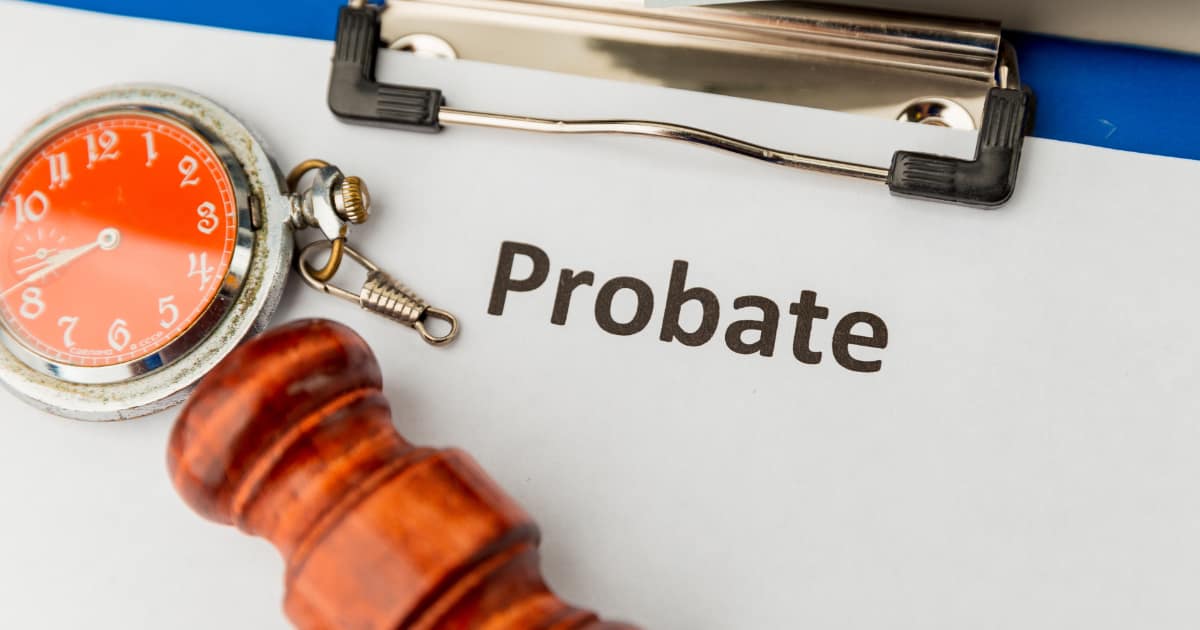
Foreclosure is the process banks and mortgage lenders use to recoup their losses when borrowers stop paying their monthly mortgage payments. Fortunately, foreclosure isn’t inevitable and there are multiple resources to help you stay in your home or transition to a new one if your current mortgage is no longer financially feasible. For example, you can try to negotiate with your lender for a loan modification, which can change the terms of your mortgage (such as lowering your interest rate) on a permanent basis and make it more affordable. There are also government-run programs to help borrowers, such as Fannie Mae’s High Loan-to-Value Refinance Option and Freddie Mac’s Enhanced Relief Refinance Program.
However, these options may only be a band-aid and aren’t guaranteed to work. If you are several months behind on your mortgage payments, it’s important to contact your lender as soon as you start missing payments so they can see if there are any options for you.
Another option is to file for bankruptcy. Although some people view bankruptcy as a sign of failure, it can actually offer a fresh start and provide a path forward, especially when you’re trying to avoid foreclosure. Bankruptcy pauses all debt collection actions, including foreclosure, and allows you to restructure your debt or wipe it out altogether. You can choose either Chapter 7 bankruptcy or Chapter 13 bankruptcy, depending on your current financial situation.
Both types of bankruptcy can halt the foreclosure process, but you’ll need to decide what’s most important to you. If you want to stay in your house, you may prefer Chapter 13 bankruptcy. This type of bankruptcy restructures your debt and allows you to catch up on your mortgage over three to five years. If you’re not concerned with keeping your home, Chapter 7 bankruptcy can liquidate your assets to pay your creditors, giving you a clean slate.
Even if you choose to file for bankruptcy, there are still steps to take to ensure that the process runs smoothly. It’s important to hire an experienced bankruptcy attorney who can assist with your filing and ensure that the necessary documentation is completed correctly. An emergency bankruptcy filing is often required when facing foreclosure, so you’ll need to act quickly.
It’s never easy to hear that you’re in danger of losing your home, but it’s crucial to know all your options and to take action right away. Contact an experienced bankruptcy lawyer, like Peter Brown, to schedule your appointment today. He can help you determine if bankruptcy is the best option for your situation and get started on putting a plan in place to save your home. Call us to schedule your free consultation. We serve clients throughout Texas.



